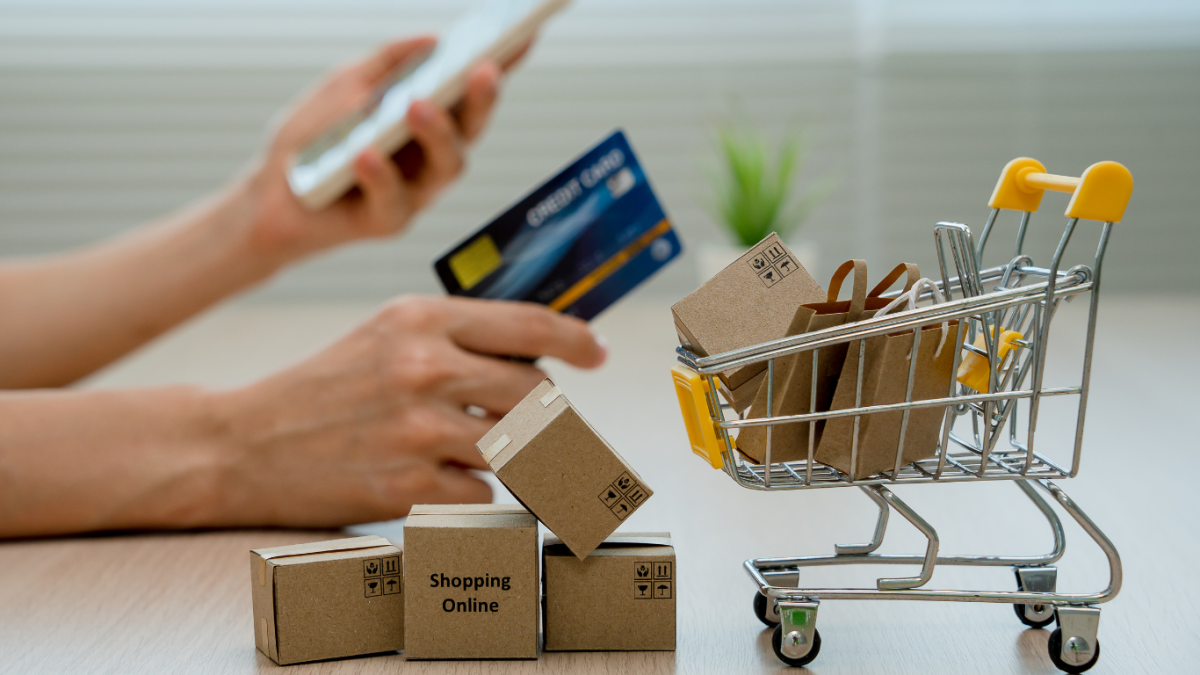What Nigeria Can Learn from Southeast Asia’s $325B Digital Payments Boom
June 24, 2025 Strategy
If you want to see the future of digital payments, look east.
By 2028, Southeast Asia’s (SEA) ecommerce market is projected to hit $325 billion-more than doubling from $137.8 billion in 2023, growing at an annual rate of 18.7%. Underpinning this growth is a payments revolution that has reshaped how consumers transact, merchants scale, and policymakers govern. It is a quiet but profound shift, and Nigeria has much to learn.
The similarities are striking. SEA is as diverse, fragmented, and mobile-first as Nigeria. Many of its markets were once heavily reliant on cash, informal transactions, and offline channels. Today, they are leapfrogging ahead – thanks to a deliberate rethinking of payments infrastructure, regulation, and merchant enablement.
As Nigeria confronts its own digital payment inflection point, here are five powerful lessons from Southeast Asia’s experience:
1. From Patchwork to Interoperability: Real-Time Payments Lead the Charge
Across SEA, domestic real-time payment systems (RTPs) like Thailand’s PromptPay, Malaysia’s DuitNow, and Indonesia’s BI-FAST are now critical infrastructure. In Thailand alone, RTP transactions accounted for 29% of e-commerce volume in 2023, projected to grow steadily by 2028.
Nigeria’s NIBSS Instant Payment (NIP) and NQR platforms already show promise. But SEA’s edge lies in how they have standardised protocols across banks, mobile wallets, and platforms, ensuring seamless interoperability. That’s where Nigeria must go next. A fragmented payments ecosystem will not drive scale.
2. Mobile Wallets Are Not Just a Product — They Are a Platform
In Indonesia, mobile wallet users are expected to grow by 53 million from 2023 to 2028. In Vietnam, 17 million new users will join. In many SEA countries, wallets have evolved into multi-service platforms — offering savings, Buy Now Pay Later (BNPL), insurance, and QR payments, creating stickiness and financial inclusion.
Compare that to Nigeria, where wallets are still largely transactional. The opportunity? Deepen product layers. Imagine wallets that embed merchant loyalty schemes, savings circles, or cross-border remittances all within a single, secure interface. The demand exists. The design ambition needs to catch up.
3. Buy Now, Pay Later (BNPL) Fills the Credit Access Gap
SEA’s BNPL users are growing by 15.2% CAGR, with markets like Indonesia projected to reach 80 million users by 2028. It is not just a consumer credit product—it is a business enabler, increasing conversion rates and average order values, especially among the unbanked and uncarded.
Nigeria’s financial institutions and fintechs have yet to unlock BNPL at scale. With 70% of Nigerians lacking access to formal credit, BNPL presents a low-risk, high-impact lever. But it must be accompanied by robust risk analytics, ethical lending practices, and collaboration with regulators to avoid debt traps.
4. Payments as a Strategic Growth Lever for Merchants
SEA merchants who introduced new payment options reported tangible benefits: 60% saw revenue increase, 55% noted better user experience, and 54% improved security. In markets like Malaysia and Vietnam, merchants are actively prioritising payment strategy alongside product and logistics.
Yet in Nigeria, many SMEs still view payments as a back-office function, something to “sort out” after growth. That mindset must change. Payments are no longer just an enabler; they are a driver of customer loyalty, retention, and market expansion. Forward-thinking Nigerian businesses should make payments central to their commercial strategy.
5. Cross-Border Readiness Is the Next Frontier
In SEA, intra-regional e-commerce is booming. Cross-border ecommerce is expected to reach $14.6 billion by 2028, a 2.8x increase from 2023. Initiatives like Project Nexus aim to unify Time Payment systems across markets, reducing friction and unlocking scale.
Nigeria’s trade ties with West Africa—and increasingly with the African Continental Free Trade Area (AfCFTA) – could benefit from a similar playbook. If payment providers and banks collaborate to build interoperable systems across borders, the country could lead the next wave of pan-African commerce.
What Should Nigeria Do Next?
- Invest in ecosystem interoperability: Unify bank, fintech, and telco rails through common standards.
- Deepen mobile wallet use cases: Expand wallets into financial wellness platforms.
- Support inclusive credit: Scale ethical BNPL models to reach underserved segments.
- Make payments a board-level conversation: Tie payment innovation directly to revenue goals.
- Look beyond Nigeria: Build for cross-border from day one, especially with West Africa and AfCFTA markets.
SEA’s payment evolution was not accidental. It was the result of focused investments, policy innovation, and cross-industry collaboration. Nigeria has similar ingredients. But to unlock them, strategy alone is not enough; execution is everything.
Because in the world of digital payments, those who build for scale and execution will define the next decade.


